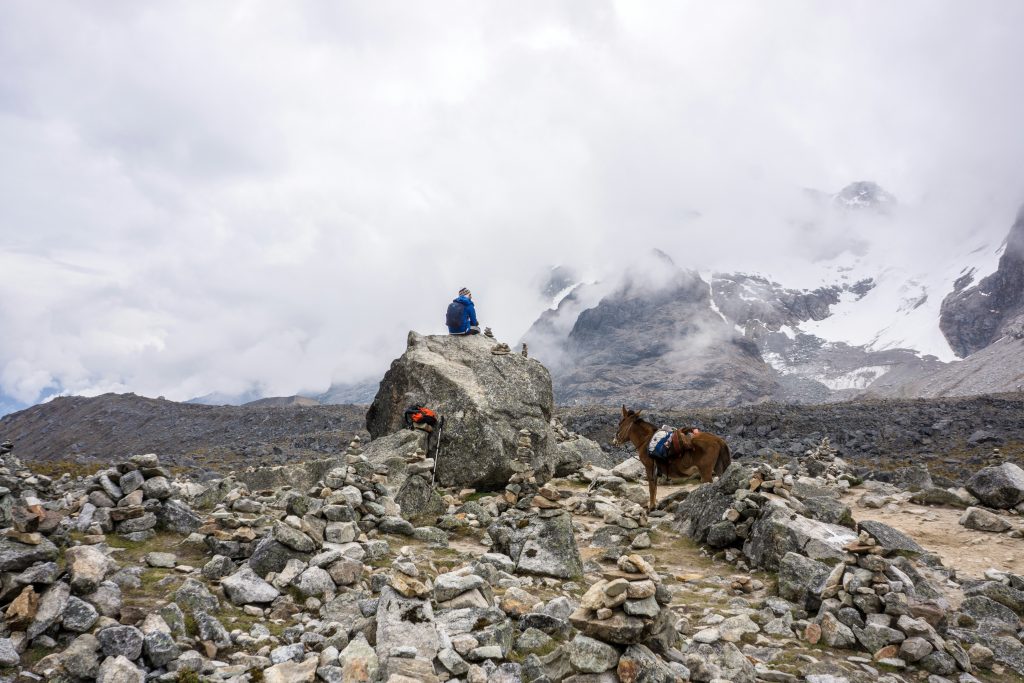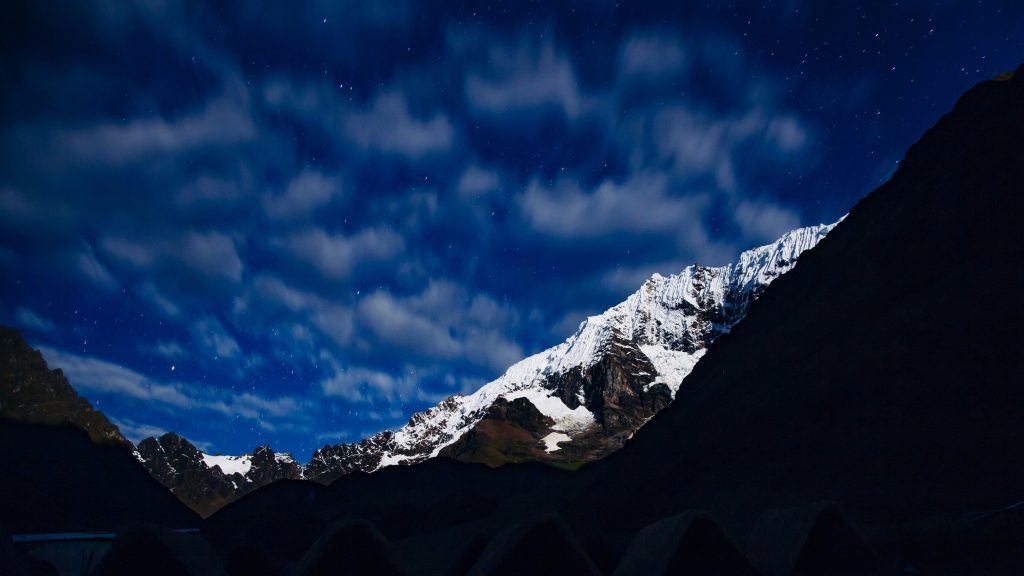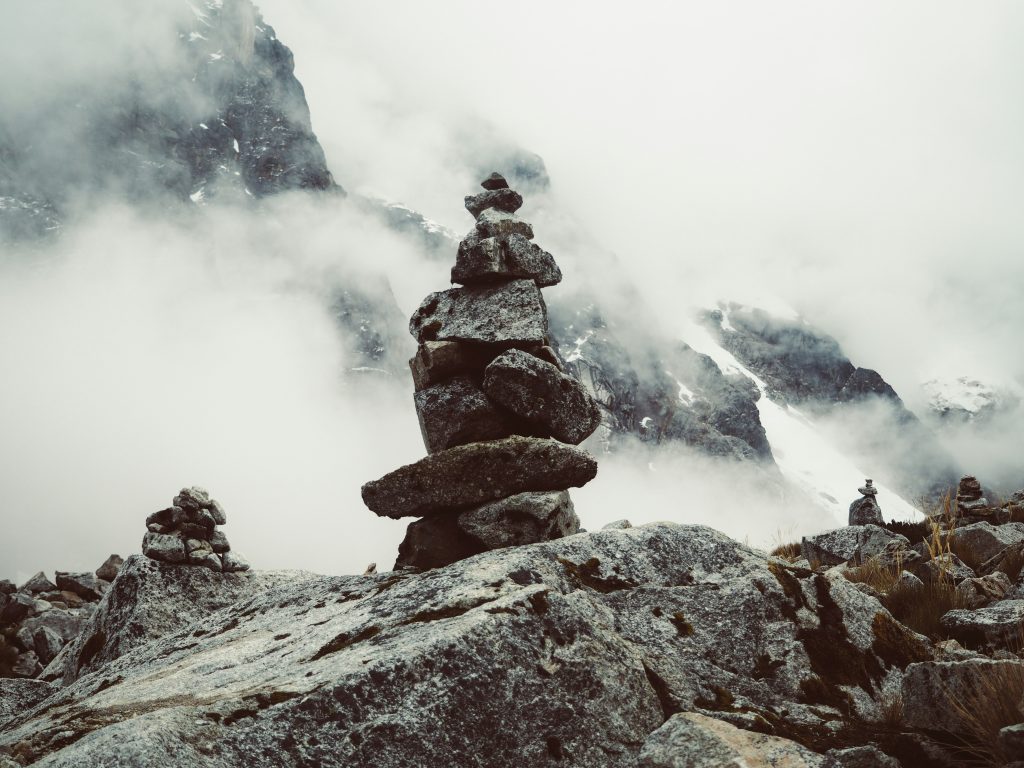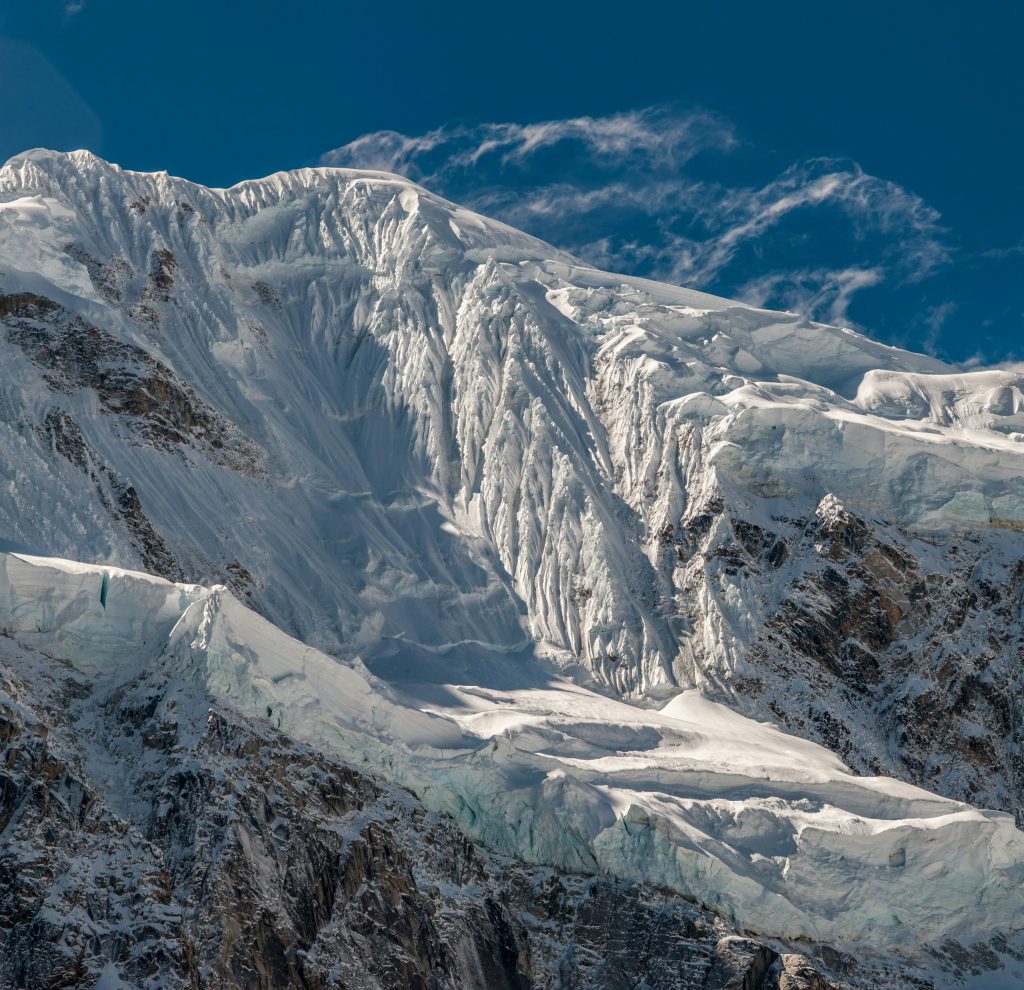🏔️ How to Avoid Altitude Sickness in Cusco and on the Trails
Traveling to Cusco and exploring iconic Andean trails like the Salkantay Trek or the Inca Trail is an unforgettable adventure. But one of the most common challenges visitors face is altitude sickness – also known as soroche in Peru. Don’t worry, though! With the right preparation and awareness, you can minimize its effects and fully enjoy your journey to Machu Picchu. Let’s explore what altitude sickness is, how to recognize it, and – most importantly – how to prevent it. 🌄
🌬️ What Is Altitude Sickness?
Altitude sickness happens when your body doesn’t get enough oxygen at higher elevations. Cusco sits at about 3,400 meters (11,150 ft) above sea level, and the trails to Machu Picchu can reach over 4,600 meters (15,000 ft) – especially on the Salkantay Pass.
At these altitudes, the air is thinner and contains less oxygen. As a result, your body needs time to adjust (acclimatize). If you go too fast or don’t prepare properly, your body may react with symptoms of altitude sickness.

🤕 Symptoms of Altitude Sickness
Altitude sickness symptoms can appear within a few hours of arriving at high elevation. Here are some of the most common signs:
- Headache 🤕
- Nausea or vomiting 🤢
- Fatigue or weakness 😴
- Dizziness or lightheadedness 🌫️
- Shortness of breath 😤
- Loss of appetite 🍽️
- Difficulty sleeping 💤
In more serious cases, it can lead to High-Altitude Pulmonary Edema (HAPE) or High-Altitude Cerebral Edema (HACE), which require immediate medical attention.
🧘♀️ Tip #1: Take It Easy on Arrival
One of the best things you can do upon arriving in Cusco is to rest and take it slow for the first 24–48 hours. This gives your body a chance to acclimate gradually. Avoid heavy physical activity, alcohol, and overeating right away.
💡 Pro Tip: Try to spend your first day exploring Cusco’s historical center, walking slowly, drinking lots of water, and sipping coca tea (more on that soon!).
🥤 Tip #2: Stay Hydrated
High altitudes can dehydrate you quickly, especially if you’re hiking or in the sun. Dehydration worsens the symptoms of altitude sickness. Drink plenty of water throughout the day.
Avoid alcohol and caffeine during your first few days, as they can increase dehydration and disrupt your sleep.

🍃 Tip #3: Try Coca Tea and Local Remedies
In Peru, one of the most traditional remedies for altitude sickness is coca – the same plant used by ancient Inca civilizations for energy and health. In Cusco, you’ll find coca tea (mate de coca) served at hotels, restaurants, and even airports.
Coca leaves help your body use oxygen more efficiently, making it easier to adapt to high altitudes. You can chew the leaves directly (locals do this while trekking), or sip hot tea slowly throughout the day. Some pharmacies also sell coca candies, which are convenient to carry on the trail.
⚠️ Important note: Coca leaves are legal in Peru, but don’t take them back to your country, especially to places like the U.S. or Europe, where they are classified as a controlled substance.
💊 Tip #4: Use Preventive Medication (If Needed)
If you’re concerned about altitude sickness – especially if you’ve had symptoms in the past – you may want to talk to your doctor before traveling. They might recommend acetazolamide (Diamox), a medication that speeds up your body’s acclimatization process.
- How to take it: Usually, you begin taking it 24 hours before ascending and continue for a few days.
- Side effects: Some people experience tingling in their fingers or increased urination – both are normal and usually mild.
Over-the-counter pain relievers like ibuprofen or paracetamol can also help with headaches related to altitude.
📝 Ask your doctor if you’re a good candidate for acetazolamide or other medications based on your health history.

🧗 Tip #5: Ascend Gradually, Acclimatize Wisely
When planning your itinerary, avoid rushing straight into strenuous hikes on your first day. Here are some smart acclimatization strategies:
- Day 1–2: Stay in Cusco or the Sacred Valley (Pisac, Ollantaytambo) and walk around at a slow pace.
- Day 3–4: Start shorter hikes or day tours (like Maras or Moray).
- Day 5 or later: Begin the Inca Trail or Salkantay Trek, when your body has had time to adjust.
The Sacred Valley is at a lower altitude than Cusco (2,800 meters vs. 3,400 meters), so some travelers even choose to sleep in the valley first before moving higher up.
🚨 What to Do If You Feel Sick During the Trek
Sometimes, even with the best preparation, altitude sickness can strike. If you start feeling symptoms during your hike:
- Tell your guide immediately. Most licensed guides in Peru are trained in first aid and altitude illness.
- Rest and hydrate. Take a break and drink water or coca tea.
- Don’t ascend further until you feel better.
- If symptoms worsen, descend to a lower elevation as soon as possible.
⛑️ Emergency? Guides carry oxygen and may use it temporarily. Severe cases may require evacuation to Cusco or a nearby clinic.
🧳 Bonus Tip: Pack for Altitude
Being properly dressed and equipped makes a big difference when trekking at high altitude. Bring:
- A reusable water bottle or hydration pack (2–3 liters daily)
- Lightweight, warm layers (temperature drops quickly at night)
- Sun protection: sunglasses, hat, sunscreen – UV rays are stronger at altitude
- A small supply of coca candies, tea bags, or electrolyte packets
- Any personal medications, including altitude tablets if prescribed
